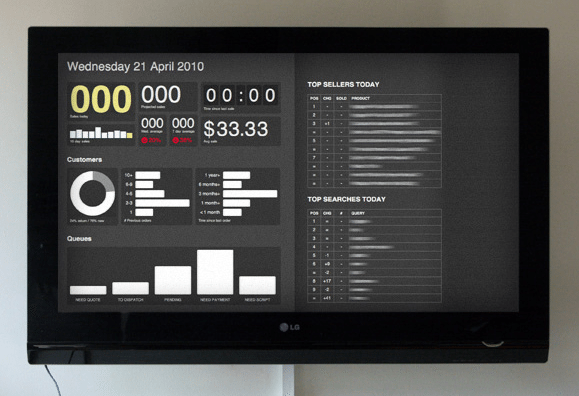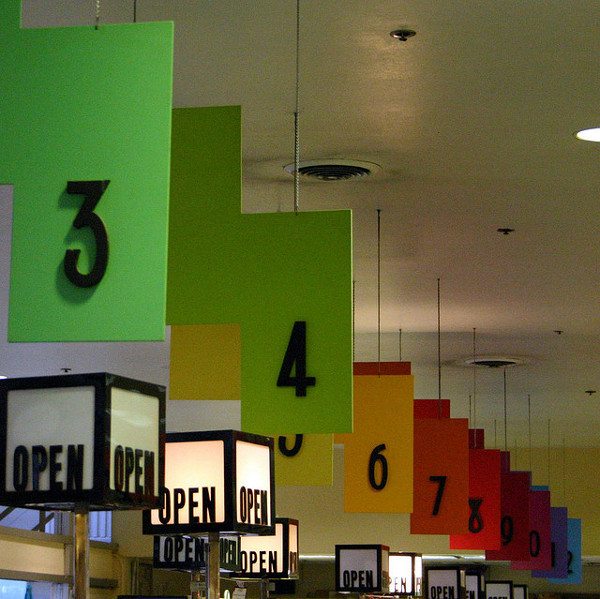There once was a time when eCommerce websites were viewed with suspicion by internet users. The concept of purchasing a product online and having it delivered to you was too novel to be trusted.
However, times have changed, and today eCommerce is a vital part of the internet. In fact, more and more users are now turning towards eCommerce, and this rise in popularity does not seem to be stopping anytime soon.
So, what makes a perfect eCommerce website? Are there any design considerations that you need to bear in mind? In this article, I will attempt to answer these questions.
Designing an eCommerce website is not as complicated as one might assume. In fact, it isn’t really different from designing a mainstream website. Yet, there are certain points and considerations that surely need to be borne in mind.
Basic Design Considerations
Before going any further, there are important design considerations that should be understood:
Call to Action Buttons
The Call to Action button is arguably the most important component of an eCommerce website. In general, the ‘Add to Cart’ button on product pages serves as the de facto Call to Action button for eCommerce websites, and that’s the button that you have to drive your users’ attention to.
Navigation
Navigation should be as clearly laid as possible. Know that your users with navigate not just by means of the menu, but also via the search bar. So the placement and size of the search bar should be such that its prominence is not compromised.
Images
This is a rather overlooked aspect of eCommerce design. Irrespective of the product that the said store is selling, the golden rule remains the same: use big images, and use lots of them. People wish to *see* the product before they actually pay for it, so having multiple big images positively impacts your mission.
In addition, make sure you offer the ability to pan and zoom, or flip and switch through screenshots or images as and when needed.
User-First Considerations
Now, on to additional tips that are well worth the investment:
The Checkout Process
The checkout process—from product selection up to payment and order tracking—should be simple and clear. Ease of use is the key concept here: have a straightforward mechanism that allows users to order and pay for a product, and yet another straightforward mechanism that allows users to track the status of their order and/or cancel/modify it if needed.
What you should not have is a plethora of mechanisms each devoted to a particular task: one page that allows the user to enter product details, another page that asks for the shipment address, a third page to confirm the address, yet another to asks for payment details, and one more page to tell the user to review the order, and likewise. This is not only annoying but also rather confusing, and is bound to hurt your conversion rates.
More importantly, please try not to compel your users to signup. Even if signing up does actually offer visible benefits, make sure you offer an option that allows users to continue without signing up. Unless you intend to offer support for the given product, requiring an account for a purchase is a very bad idea.
Be Shareable!
The power of social networking can be harnessed by eCommerce websites. For your product pages, make sure you have a prominent placing for social media buttons, to enable users to share products that they’re interested in. This will, obviously, help draw new users and potential buyers to the website.
Related Products
When designing the layout for a magazine or blog, it’s very common to have “Related Posts” or “Stuff You Might Be Interested In” sections—primarily on individual articles/posts.
You should attempt to do the same for eCommerce websites. For each product page, have a section devoted to “Related Products” or “Similar Items You Might Be Interested In.”
Again, the logic here is simple: showing such related products will help users shortlist and compare products, and select the one that is best suited for their needs. This will not only boost the sales but also shed a good light on the concerned eCommerce store.
Possible Psychological Considerations
Lastly, I would also mention certain *psychological* considerations that you can bear in mind when working on eCommerce websites. These points—though technically unproven by research regarding eCommerce websites—seem to have a favorable impact, so there is no harm in trying.
- Try to display the number of items left in stock. Big stores such as Amazon do it regularly; whereas smaller stores avoid it. The psychological basis behind this is that human beings are attracted to scarcity, and an item that has lesser copies remaining in stock has a better chance of being bought.
- If providing product specifications, be precise and possibly use bulleted lists. But if providing product descriptions, be as detailed as possible. For instance, technical specs of a mobile phone need to be precise; but its features need a detailed description. When reading about product descriptions, people tend to prefer a long piece of text that *talks* to them. On the other hand, when looking for product specifications, most people prefer a to-the-point summary.
- If mentioning discounts or deals (or even stuff like Free Shipping), make sure it stands out. Using a slightly different font or font size, or even changing the color of the text, are good strategies to grab the users’ attention.
Image Credits: Jules Stoop | Anson Parker | Karl Schreiber
Have you designed or are planning to design an eCommerce website? If so, what are your experiences and thoughts?
 Sufyan bin Uzayr is a freelance writer and Linux enthusiast. He writes for several print magazines as well as technology blogs, and has also authored a book named Sufism: A Brief History. His primary areas of interest include open source, mobile development and web CMS. He is also the Editor of an e-journal named Brave New World. You can visit his website, follow him on Twitter or friend him on Facebook and Google+.
Sufyan bin Uzayr is a freelance writer and Linux enthusiast. He writes for several print magazines as well as technology blogs, and has also authored a book named Sufism: A Brief History. His primary areas of interest include open source, mobile development and web CMS. He is also the Editor of an e-journal named Brave New World. You can visit his website, follow him on Twitter or friend him on Facebook and Google+.




3 Comments